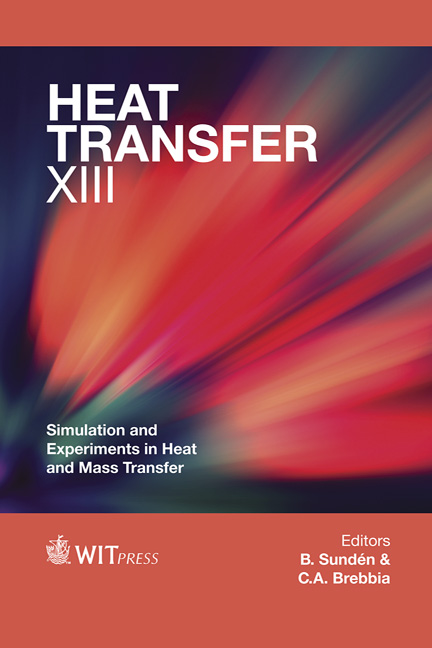Characterization Of The Temperature Dependent Behavior Of Snappy Phenomenon By The Switching-off Of GaAs Power Diode Structures
Price
Free (open access)
Transaction
Volume
83
Pages
11
Page Range
439 - 449
Published
2014
Size
892 kb
Paper DOI
10.2495/HT140381
Copyright
WIT Press
Author(s)
A. Koel, T. Rang & G. Rang
Abstract
Power semiconductor devices are facing different failure mechanisms which limit the safe operating area of these devices. Two different mechanisms influence the thermal behaviour of power devices, first the ambient temperature, and secondly self-heating phenomenon described traditionally over the lattice thermal behaviour model. It is demonstrated in different published materials how the device internal processes can be investigated by means of device numerical simulation procedure. In our paper we focus on the numerical analysis of GaAs based power pin structures applied for detection of anomalies in the switching process of devices taking into account the influence of ambient temperature amplified by the self-heating phenomenon introduced over the lattice thermal model. Due to the fact that the switch-off of power diode structures is one of most critical acts in different power converters, like for example DC/DC converters, we put our focus on the exact thermal description of the devices under the switching process. Special effort has been taken for the situations, where during the switching process the total thermal situation leads the device close to the thermal breakdown instead of normal electrical breakdown. The influence of current crowding plasma generation near the metallic contacts seems to take place. The smooth snappy switching characteristics behaviour and it’s mechanism under the temperature influence is simulated and the results are presented. Examples on current destabilizing effects in the switching process and the limitations of switching current detected from the device simulation are discussed. Keywords: GaAs power devices, numerical simulation, temperature influence, self-heating phenomenon, switching properties, snappy effect.
Keywords
GaAs power devices, numerical simulation, temperature influence, self-heating phenomenon, switching properties, snappy effect.





